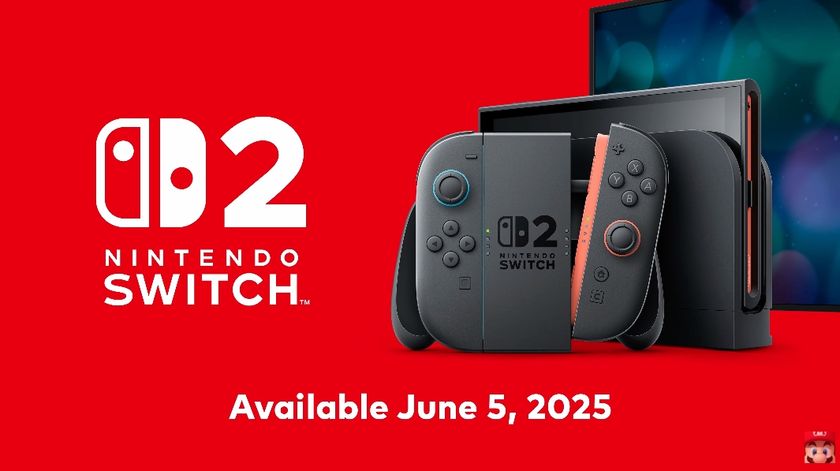The FCC Wants ISPs to Be (Slightly) More Honest

Many kids learn to count before they even reach kindergarten. Yet, it seems that skill is quickly forgotten, because the FCC voted yesterday to force Internet service providers (ISPs) to more accurately count the number of people to whom they offer broadband Internet access. That knowledge should make it easier to figure out how many Americans truly have broadband Internet access in a time when connectivity is more important than ever.
The FCC previously allowed ISPs to report their broadband Internet coverage using the same large "blocks" as the U.S. Census Bureau (there are millions, and each can have up to 3,000 people). That's already questionable, but it gets worse. ISPs could say they covered an entire block even if they only provided broadband access to a single home, for example, and could also say they covered any blocks to which they could theoretically offer service "without an extraordinary commitment of resources."
We've played board games with stricter rules on how things should be counted. If the FCC needed a warning that its perception of U.S. broadband Internet access was skewed, the fact that having a fair Settlers of Catan game requires more rigor than reporting ISP coverage should've been it, right? But it's only making these changes a decade after Congress told it to adopt the National Broadband Plan to ensure high-speed Internet access.
The FCC said in yesterday's announcement that it "initiated a new process for collecting fixed broadband data to better pinpoint where broadband service is lacking," and because "there is a compelling and immediate need to develop more granular broadband deployment data to meet this goal," it's creating the Digital Opportunity Data Collection. (With the "collection" in this case being the noun, not the verb, despite it literally collecting things.)
The Digital Opportunity Data Collection will "collect geospatial broadband coverage maps from fixed broadband Internet service providers of areas where they make fixed service available" to "facilitate development of granular, high-quality fixed broadband deployment maps, which should improve the FCC’s ability to target support for broadband expansion through the agency’s Universal Service Fund programs." Basically: it's going to count correctly.
The FCC said it will also make it easier to report inaccuracies with coverage areas reported by ISPs. That's supposed to be enabled by a new "crowd-sourcing portal that will gather input from consumers as well as from state, local and Tribal governments." The commission is mulling other changes, too, such as similar updates to how wireless Internet providers report their own coverage areas. Better counting isn't just for broadband connections.
But there are a few concerns with the FCC's new counting methods. Ars Technica reported that FCC commissioners Jessica Rosenworcel and Geoffrey Starks were concerned about several aspects of the new plan. Rosenworcel noted that ISPs won't be required to report the price of broadband Internet access, which again means they could say they cover an area even if nobody who lives there can actually afford high-speed Internet.
Stay On the Cutting Edge: Get the Tom's Hardware Newsletter
Get Tom's Hardware's best news and in-depth reviews, straight to your inbox.
Starks also wondered if the FCC plans to verify the data reported by ISPs or if it will merely take it on blind faith. (Because if there's one thing companies love, it's...being completely honest and transparent with regulators...ahem.) There were also concerns about having the Universal Service Administrative Company non-profit organization collect this data even though it hasn't done anything similar since it was established in 1996.
Still, this appears to at least be a step toward progress, especially considering this comes from the same FCC leadership that dismantled net neutrality protections amid massive opposition. Let's just hope ISPs have enough fingers and toes between them to relearn counting in time to provide accurate data for these new maps rather than 'accidentally' overestimating the number of people they can serve.

Nathaniel Mott is a freelance news and features writer for Tom's Hardware US, covering breaking news, security, and the silliest aspects of the tech industry.
-
bettsar Simple solution: Make the maps public. If any ISP claims to cover your area, they cannot charge you any more than a standard installation fee and typical service rates.Reply












